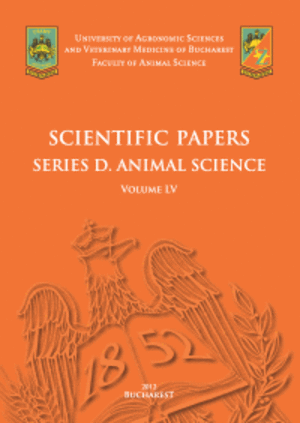Published in Scientific Papers. Series A. Agronomy, Vol. LXVIII, Issue 1
Written by Boyka MALCHEVA, Rozalina KOLEVA, Bilyana GRIGOROVA-PESHEVA, Pavel PAVLOV
Microbiological indicators of soils and waters from forest and agroecosystems have been studied. The main share in the composition of the soil microfl of microorganisms – actinomycetes and mold fungi, and an increase in anaerobes in over moistened soils have been established. In general, the total quantity of microorganisms is higher in agrogenic soils, which is also due to the fact that they are arable and with a controlled humidity regime. In these soils, a clearly higher quantity of microorganisms is established in spring compared to summer. The total microflora depends significantly on humidity, and the mineralization activity moderately on soil temperature. Pathogenic microorganisms have been established in some of the soils and waters, and for soils their quantity depends on the presence of pathogens in the waters that moisten them, as well as on other factors. Part of the soils were used as a substrate for composting, and part of the waters were used to moisten the compostable mixtures, after microbiological control.
[Read full article] [Citation]




